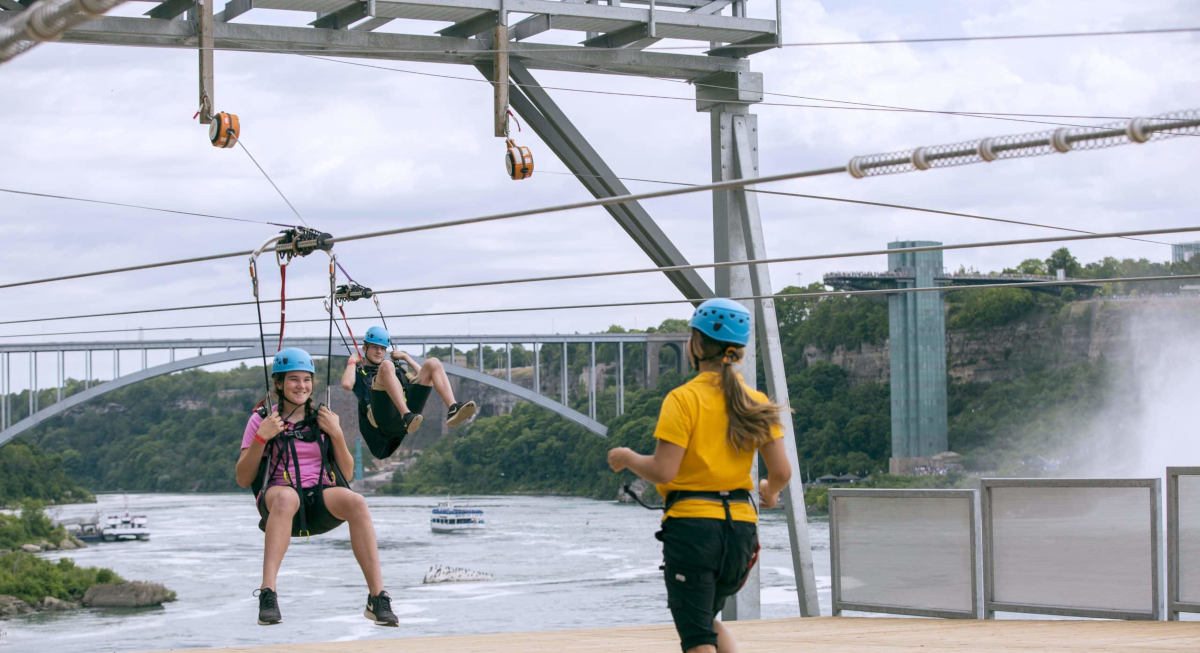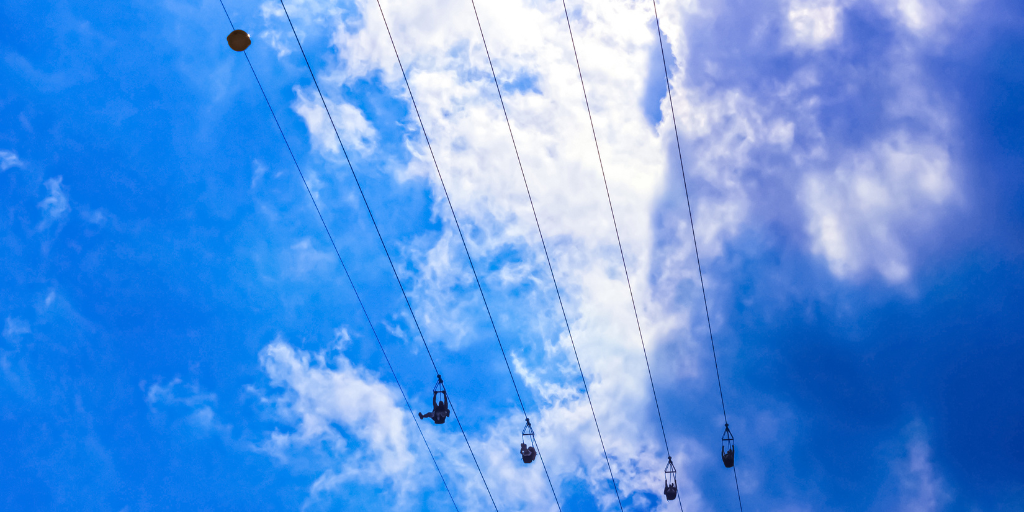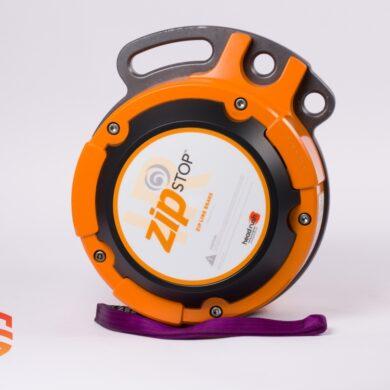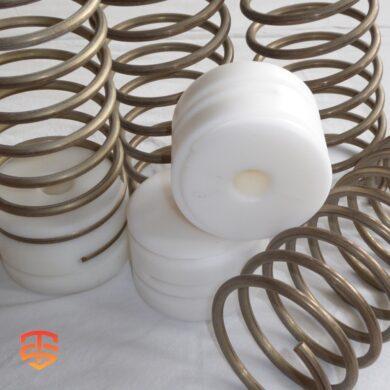
Ziplining offers an unmatched thrill, and for professional operators in the adventure and recreation sectors, ensuring both excitement and safety is paramount. At the heart of a secure and efficient zipline operation lies the braking system. Among the various options available, the zipline spring brake system stands out as a reliable and versatile solution, particularly for high-speed and high-impact scenarios. This guide delves into the mechanics, advantages, and considerations of implementing spring brake technology to optimize your operations and enhance the visitor experience.
Understanding the Mechanics and Applications of Zipline Spring Brakes
The fundamental principle behind a zipline spring brake is the absorption of a rider’s kinetic energy through compression. These robust metal coils are strategically placed at the end of the zipline cable. Upon impact, the spring compresses, gradually decelerating the rider to a smooth and secure stop. Unlike some other braking methods, spring brakes then decompress, which can offer a slight rebound effect.
This system boasts a significant advantage in its dual functionality. Engineered and approved for use as both a primary braking component and a secondary emergency arrest device (EAD), it offers a comprehensive safety solution. When configured with a 2:1 reduction, the zipline spring brake can serve as the primary stopping mechanism while simultaneously acting as an EAD in the event of a primary brake failure. Furthermore, it can be installed as a standalone EAD, providing a crucial backup for virtually any other primary braking system in place. This versatility makes it an invaluable asset for zipline operations of all scales and complexities.
Key Advantages for Professional Zipline Operators
Implementing a zipline spring brake system offers a multitude of benefits that directly address the needs of professional operators focused on efficiency, safety, and cost-effectiveness.
- Proven Reliability: With a track record of absorbing hundreds of thousands of impacts, these systems have demonstrated their durability and dependability in real-world high-speed environments.
- Cost-Effective Solution: Especially when used as a supplementary EAD in conjunction with other primary brakes like a Zipstop, the zipline spring brake provides an economical yet highly effective safety layer that sees infrequent activation.
- Enhanced Throughput (as a Primary Brake): When utilized as the primary brake, the system allows for swift unloading of riders and trolleys, followed by a quick reset, contributing to improved operational flow, especially during peak capacity days.
- Minimized Operator Error: The static placement of spring brakes along the cable reduces the risk of operator-related errors during busy periods, as the braking action is consistent and passive.
- Low Maintenance Design: Featuring durable spacers for optimal wear properties and low friction, coupled with pre-stressed springs for extended lifespan, these systems require minimal ongoing maintenance, saving time and resources.
- Versatile Application: Suitable for both high and low-speed ziplines with significant loads, the zipline spring brake adapts to a wide range of operational requirements.
- Ease of Installation and Inspection: The straightforward design facilitates relatively simple installation and routine inspections, contributing to streamlined operational procedures.
- Corrosion Resistance: Constructed with stainless steel springs and nylon spacer blocks, the system exhibits excellent resistance to corrosion, ensuring longevity even in challenging environmental conditions.
- Adjustable Braking Force (with Spring Packs): Utilizing spring packs, which consist of multiple springs connected by durable nylon spacer blocks, allows for customization of the braking force based on rider arrival speed and weight range, optimizing safety and rider comfort.

Considerations for Optimal Implementation
While zipline spring brakes offer numerous advantages, professional operators should also consider certain factors to ensure optimal performance and integration into their existing infrastructure.
- Space Requirements: Unlike some dynamic braking systems, spring brakes are typically installed in a fixed location at the end of the zipline and require sufficient platform space or dedicated terminal structures to accommodate the compressed springs and rider deceleration zone.
- Variable Braking Experience: It’s important to note that rider weight and environmental conditions (such as wind and cable wetness) can influence the final stopping distance and the degree of rebound experienced. Operators should factor these variables into their safety protocols and rider briefings.
- Importance of Correct Configuration: The number of springs and spacers required for effective braking, especially in spring pack configurations, depends on specific operational parameters like rider arrival speed and weight range. Consulting with experienced zipline professionals is crucial to ensure the system is precisely designed and installed to meet relevant safety standards (e.g., EN, ACCT, ASTM).
Integrating Spring Brakes for Enhanced Safety and Efficiency
The strategic integration of zipline spring brakes, whether as a primary stopping mechanism or as a critical emergency arrest device, is a cornerstone of a well-designed and safely operated zipline course. By providing a reliable and consistent means of deceleration, these systems contribute directly to both rider safety and operational efficiency. The ability of a single zipline spring brake to function as both a primary and secondary brake in certain configurations offers a streamlined approach to safety redundancy. Furthermore, the ease of maintenance and the proven durability of these systems translate to reduced downtime and long-term cost savings for operators. Ultimately, understanding the mechanics, advantages, and implementation considerations of zipline spring brake systems empowers professional operators to make informed decisions that prioritize safety, optimize throughput, and enhance the overall visitor experience.
The Professional’s Choice for High-Speed Safety
In the dynamic world of adventure and recreation, the safety and efficiency of zipline operations are non-negotiable. The zipline spring brake system emerges as a robust and versatile solution, offering a proven track record in high-speed deceleration and reliable emergency stopping capabilities. By understanding its mechanics, appreciating its advantages, and carefully considering the implementation factors, professional operators can leverage this technology to enhance safety protocols, optimize operational flow, and ultimately deliver exceptional and secure experiences for their visitors. Investing in a well-designed and properly installed zipline spring brake system is an investment in the long-term success and safety of any zipline venture.

FAQs
What are the primary functions of a zipline spring brake system?
A zipline spring brake system is primarily designed to safely and smoothly stop zipline riders at the end of the cable. It can function as both a primary braking system and a secondary emergency arrest device (EAD).
What makes zipline spring brakes suitable for high-speed ziplines?
Their robust construction and ability to absorb significant kinetic energy through compression make them effective for high-speed and high-impact scenarios, providing a controlled deceleration.
How does a zipline spring brake system contribute to operational efficiency?
When used as a primary brake, the system allows for quick rider unloading and trolley reset, minimizing downtime between riders and maximizing throughput, especially during busy periods.
What are the key maintenance requirements for a zipline spring brake system?
These systems generally require low maintenance due to their durable construction and corrosion-resistant materials. Regular visual inspections for wear and tear, particularly of the springs and spacers, are recommended.
Can a zipline spring brake system be used as an emergency arrest device (EAD)?
Yes, zipline spring brake systems are highly effective as EADs, providing a crucial backup in the event of primary brake failure. When properly configured with the correct number of springs, they can ensure a safe stop in emergency situations.
Beyond the Basics: Unveiling Zipline Technology with Expert Analysis
Intrigued by the potential of Zipline technology? You’ve come to the right place! This article provides a solid foundation. But if you’re eager to delve deeper and gain insights from industry experts, keep reading…
- Zip Line Design: Components for a Complete System
- Considering operating and investing in a zipline?
- 9 Zipline Mistakes You Don’t Know You’re Making
- Magnetic Zipline Braking: A Revolutionary Way to Ensure Safe Rides
- Pros and Cons of Different Zip Line Brakes
- Expert Tips for Zip Line Brake Installations
- White Paper on Zipline Emergency Arrest Devices (EAD)
- The Importance of Optimizing Zip Line Design for Rider Speed
- Does your zip line need an emergency arrest device?
- The Magnetic Self-braking Zipline pulley
- Zipline Braking and landing considerations
- Why Zip Line Trolley Bearings Matter
- Whitepaper: Zipline Braking Dynamics
- Zip Line Installation: Give them the Best Ride
- How to startup a Successful Zip Line Business
-
 zipSTOP IR Zipline Brake | 24 – 60 kph€ 5.649,00 – € 5.799,00 Ex VAT
zipSTOP IR Zipline Brake | 24 – 60 kph€ 5.649,00 – € 5.799,00 Ex VAT -
 zipSTOP SPEED Zipline Brake | 50 – 72 kph€ 6.099,00 – € 6.349,00 Ex VAT
zipSTOP SPEED Zipline Brake | 50 – 72 kph€ 6.099,00 – € 6.349,00 Ex VAT -
 Spring Brake System | Primary & EAD zipline brake€ 80,00 Ex VAT
Spring Brake System | Primary & EAD zipline brake€ 80,00 Ex VAT







